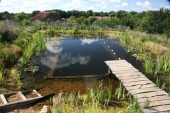
 3
3




Where there is Liberty, there is Christ!




Come join me at www.peacockorchard.com
 1
1




Creating edible biodiversity and embracing everlasting abundance.




Where there is Liberty, there is Christ!




Creating edible biodiversity and embracing everlasting abundance.
 1
1




Where there is Liberty, there is Christ!




Creating edible biodiversity and embracing everlasting abundance.
 1
1




Where there is Liberty, there is Christ!

|
grapes are vegan food pellets. Eat this tiny ad:
Freaky Cheap Heat - 2 hour movie - HD streaming
https://permies.com/wiki/238453/Freaky-Cheap-Heat-hour-movie
|




